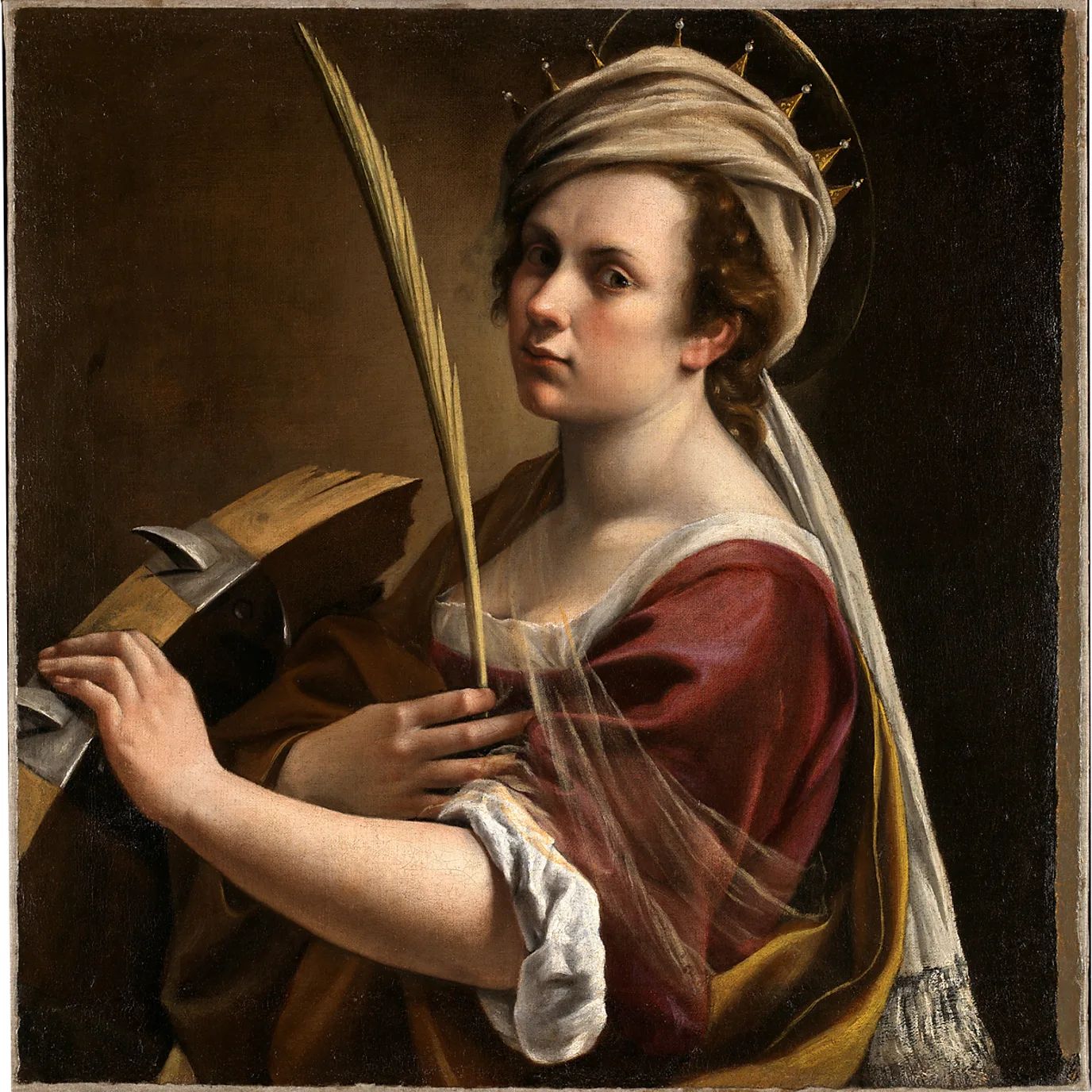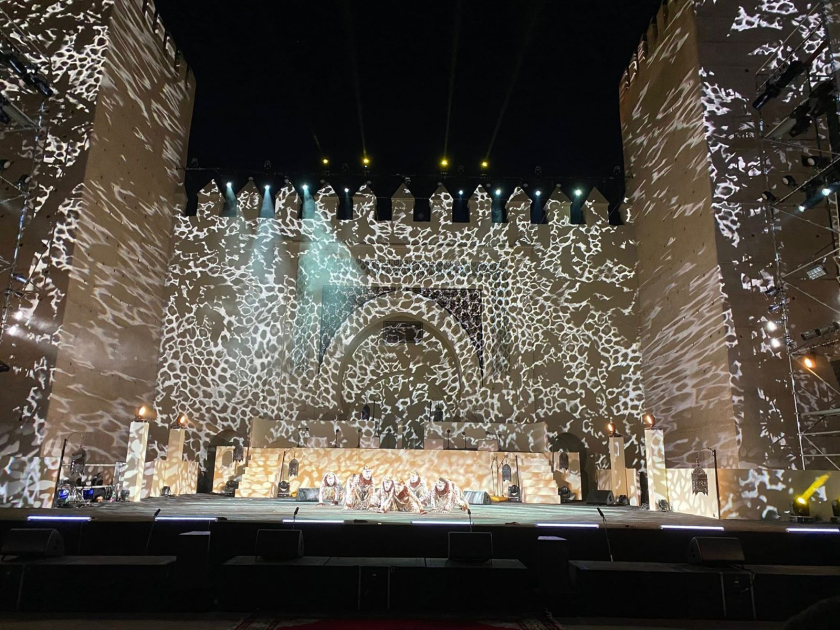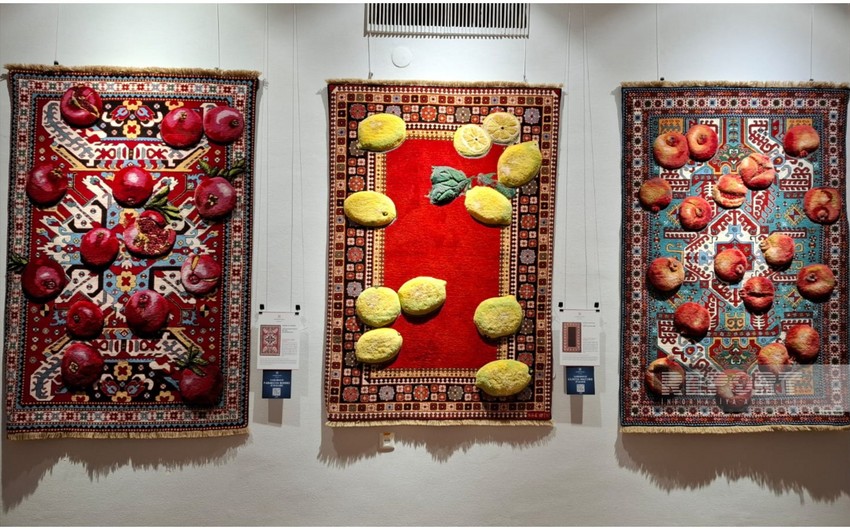In the past month alone, shadowy portraits have been found hidden in longstanding masterpieces by Titian and Picasso.
Something's stirring. Every few weeks, it seems, brings news of a sensational discovery in the world of art of paintings hidden under other paintings and vanished visages twitching beneath the varnish of masterpieces whose every square millimetre we thought we knew. This past month alone has brought to light the detection of mysterious figures trapped beneath the surface of works by Titian and Picasso.
But what are we to make of this slowly swelling collection of secret stares – these absent presences that simultaneously delight and disturb?
In early February, it was revealed that researchers at the Andreas Pittas Art Characterization Laboratories at the Cyprus Institute, using advanced imaging and a new multi-modal scanner combining different techniques, had proved the existence of an upside-down portrait of a mustachioed man holding a quill beneath the Italian Renaissance master Titian's painting Ecce Homo, 1570-75. On its surface, Titian's canvas portrays a bedraggled Jesus, hands bound by ropes, standing shoulder to shoulder with a sumptuously dressed Pontius Pilate, the Roman governor who will sentence him to death.
What is this strange, erased, anachronistic scribe doing here and what is he trying to tell us?
That sense of quiet collaboration between layers of paint – between what is there and what used to be there – is more striking still in the hidden countenance of a woman found by conservators at The Courtauld Institute of Art beneath a painting from Pablo Picasso's Blue Period – a portrait of the artist's friend and sculptor Mateu Fernandez de Soto. Also discovered with the use of infrared imaging technology, the portrait of the as-yet unidentified woman is rendered in an earlier, more impressionistic style, and appears, when brought to the surface, to be whispering into de Soto's ear, as if the past and present had merged into a single suspended moment.
In most instances, these buried portraits are merely the ghosts of rejected compositions that we were never intended to see – and could not have, were it not for the aid of advanced imaging tools that allow experts safely to peer beneath the paint without harming a work's surface. X-rays uncover hidden sketches, while infrared reflectography is capable of exposing subtle details masked by old varnish – details which, once glimpsed, are impossible to unknow. Once revealed, these portraits demand to be reckoned with. What follows is a short survey of some of the most intriguing and mysterious portraits – very often self-portraits – found wriggling restlessly beneath familiar masterpieces: unsettling presences that remain forever immeasurably close and worlds away.On the surface, Young Woman Powdering Herself is a playful meditation on how subject and style overlap.
Georges Seurat employs his pioneering pointillist technique of countless tiny dots to depict his mistress, Madeleine Knobloch, as she scatters her own flurry of powdery specks across her face. The dabs of paint seem to swirl in the air, all but clogging it – metaphorically powdering, too, anyone who stops to stare. These deftly deployed dabs of paint reveal and erase in equal measure, as if conjuring a world only to blot it out again. That sense of brilliant obliteration is intensified with the discovery of a hidden self-portrait – Seurat's only known one – in the open window which he later concealed beneath another flurry of dots depicting a vase of flowers.
How dotty is that?
Some people refuse to be forgotten, no matter how hard you scrub them from your memory. Italian modernist Amedeo Modigliani's famous Portrait of a Girl, 1917, is a compelling case in point. Some scholars suspect that the full-length portrait of a woman, concealed beneath the visible image, may depict an ex-lover with whom Modigliani ended a relationship a year earlier. In 2021, two PhD candidates at the University of London used Artificial Intelligence to reconstruct this hidden portrait, which strikingly resembles Modigliani's former muse and mistress, Beatrice Hastings. While the identity of both women, surface and hidden, remains uncertain, the layering reinforces themes of concealment and masking in Modigliani's work.In his painting La Cinquieme Saison, 1943, Rene Magritte portrays in profile two nearly identical men in dark suits and bowler hats – props that often signal the presence of his alter-ego in the artist's work.
Both men hold small, framed paintings under their arms as they walk towards each other. The trajectory of their strides suggests not so much an imminent collision as a near miss – an eclipse, as one figure and painting slips behind the other. It somehow seems fitting that this painting – this painting of shuffling paintings – has been found, with the use of infrared reflectography, to be hiding under its surface another painting altogether: a portrait of a mysterious woman, who at once bears a strong resemblance to the artist's wife, Georgette, and has features that are wholly distinct. The discovery of the hidden portrait merely amplifies themes of riddling duality in the work of an artist known for his treacherously teasing images.
Madina Mammadova\\EDnews







.jpeg)

.jpeg)
